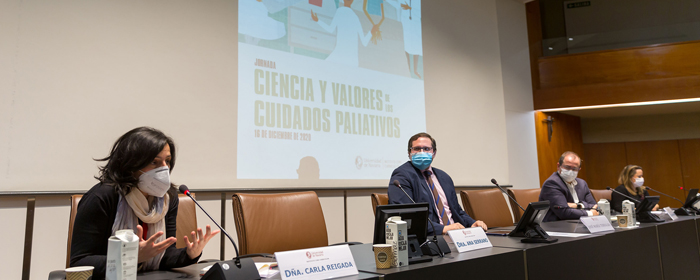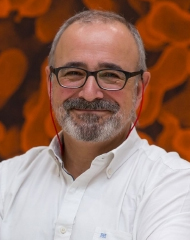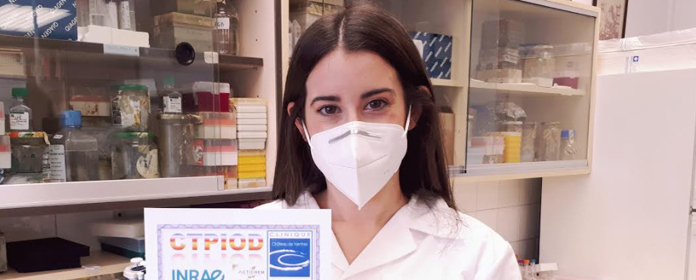The heart is an electromechanical pump that is indispensable for life.
Experts explain in a course organized by the University of Navarra how physics and mathematics help in the diagnosis and treatment of arrhythmias
According to Jean Bragard, professor and researcher of department of Physics and Applied Mathematics at the University of Navarra, "the heart is an electromechanical pump that is indispensable for life. And its proper functioning is conditioned by the correct synchronization of the electrical phenomena occurring in the cardiac tissues. This was stated by the expert on the occasion of the summer course "Physics and Mathematics within everyone's reach", which is being held from today Monday until next Friday at the Palacio del Condestable in Pamplona.
In the opinion of this physicist, the study and development of various tools to analyze the physical phenomena that occur in the heart is a sample the close relationship between the two sciences: "This is the case with many devices that help doctors to refine their diagnosis and treat diseases early. Curiously," continues the expert, "many of these advances were not intended for medical use. x, for example, were discovered to analyze the physical and chemical properties of materials. And lasers were not designed to perform corneal correction operations either".
In the case of the heart, dysfunctions in electrical activity - known as arrhythmias - are very diverse. The most serious is ventricular fibrillation, which causes heart attacks. "This," explains Jean Bragard, "occurs when the electrical activity of the ventricles goes out of control. The remedy consists of extra-thoracic defibrillation within a few minutes. After recovery, the patient usually wears an internal defibrillator that allows faster action in future fibrillation events. These internal defibrillators work with the internal application of a more moderate electric shock that can cause the patient to faint and feel pain." The challenge in this field is in search of a better way to deliver the electric shock, with the goal to decrease patient discomfort and prolong the battery life of the device.
Electrical faults and genetic mutations
Along the same lines, Blas Echebarria, professor of Applied Physics at the Polytechnic University of Catalonia, who is also participating in the course today with the talk "Can cardiac arrhythmias be predicted?", adds that predicting these problems is complex, although it is possible to estimate a person's probability of suffering them. "A knowledge possible thanks to the electrocardiogram and mathematical models that show how the electrical excitation that leads to a contraction occurs," he explains.
The specialist also emphasizes the role of detailed models of the atrium and ventricle, through which the propagation of the electrical signal and its possible pathologies are studied. "In this field, the most recent work is trying to relate failures in signal propagation to changes in cellular electrophysiology produced by certain genetic mutations. However, the most practical applications could even help to plan certain surgical operations," concludes Blas Echebarria.
The summer course will continue tomorrow, Tuesday, focusing on the topic of the reasoning of computers -at position of the director of the course, Jorge Elorza- and on mathematical codes and their role throughout history, given by Sergio Andanza-Trevijano, also a professor at the University of Navarra. On Wednesday, Carmen Palacios will conduct experiments on the polarization of light and Iker Zuriguel will talk about the revolution of materials in the 21st century, from polymers to graphene. On Thursday, Martín Pastor will explain the concept of "nano" and Álvaro Janda will go in depth on programs of study on granular media. Finally, on Friday, July 1, the course will close with two talks on new materials present in daily life and findings of modern physics, such as nuclear energy or telecommunications, at position by Wenceslao González-Viñas and Diego Azcona, respectively.




